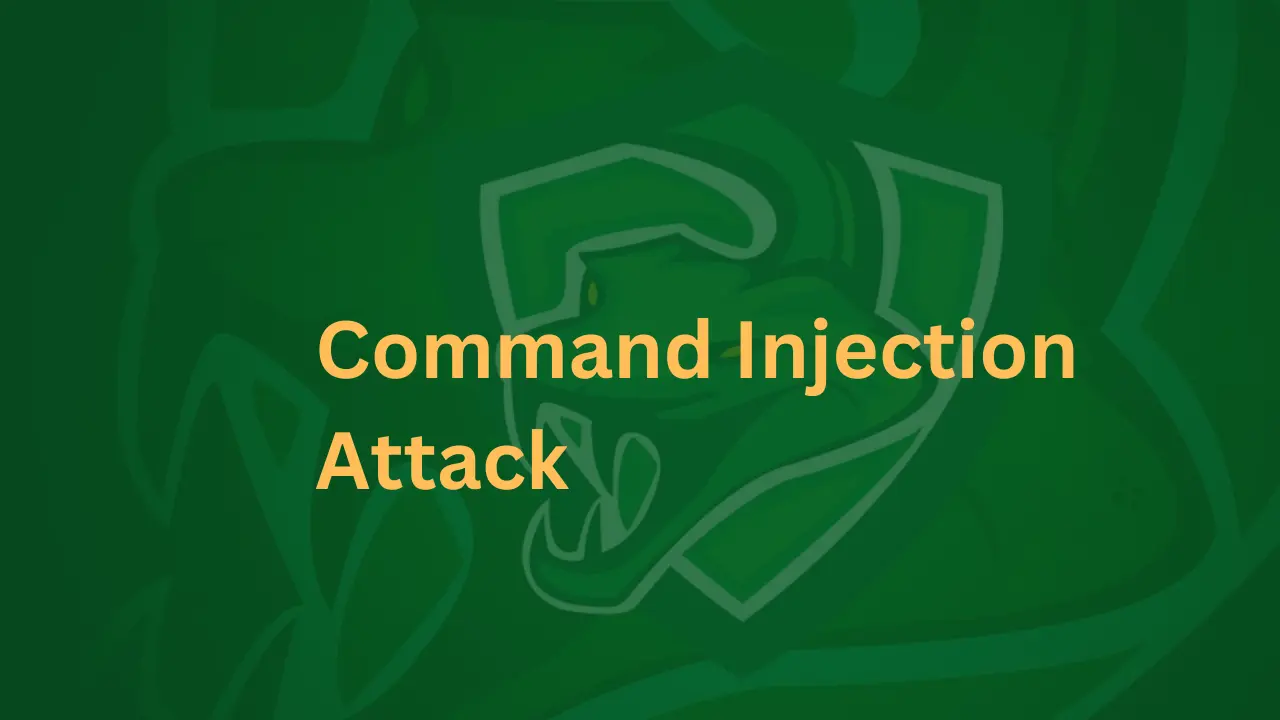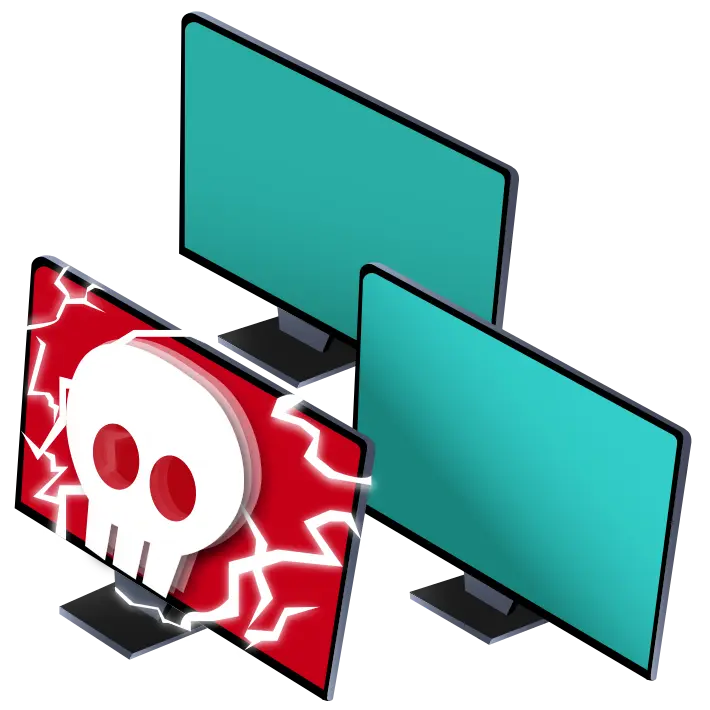
(Under Injection Attacks) A command injection attack is a type of cyber attack in which an attacker injects malicious code into a website or web application in order to execute arbitrary commands on the server. This can allow the attacker to gain unauthorized access to sensitive information, execute malicious code on the server, or take control of the server.
Here is an example of how a command injection attack might work:
- The attacker finds a web application that allows users to enter data into a form field or URL parameter, such as a search bar or a login form.
- The attacker enters malicious code into the form field or URL parameter, such as a command to delete a file or execute a shell script.
- The web application processes the input and passes the malicious code on to the server, which executes the command.
To protect against command injection attacks, it is important to properly validate and sanitize user input, use prepared statements and parameterized queries, and regularly update and patch the website's software. It is also a good idea to implement security measures such as firewalls and intrusion detection systems to help prevent these types of attacks.
For example, the web application could validate and sanitize user input to ensure that it does not contain any malicious code, and use prepared statements and parameterized queries to prevent the injection of malicious commands into the server. The web application could also regularly update and patch its software to fix any vulnerabilities that might be exploited by attackers. Additionally, the web application could implement security measures such as firewalls and intrusion detection systems to help prevent command injection attacks.
Here is an example of a command injection vulnerability:
Suppose we have a simple web application that allows users to ping a server by entering an IP address. The application takes the user's input and passes it to the ping command in the backend to ping the specified IP address. The code for this application may look something like this:
<?php
$ip = $_GET['ip'];
$output = shell_exec('ping ' . $ip);
echo "<pre>$output</pre>";
?>
The above code takes the user's input from the 'ip' parameter in the URL and passes it directly to the shell_exec function, which executes the 'ping' command on the server. However, this code is vulnerable to command injection.
An attacker could inject a malicious command into the 'ip' parameter to execute unauthorized commands on the server. For example, an attacker could enter the following command as the 'ip' parameter:
127.0.0.1; ls
This command will execute the 'ping' command first, and then execute the 'ls' command on the server, which lists all the files in the current directory. The attacker could then use this technique to perform other malicious actions, such as deleting files or stealing sensitive data.
To prevent command injection attacks, input validation and sanitization should be performed on all user inputs. Any user input that is passed to a shell command should be properly escaped or sanitized to prevent unauthorized commands from being executed.




